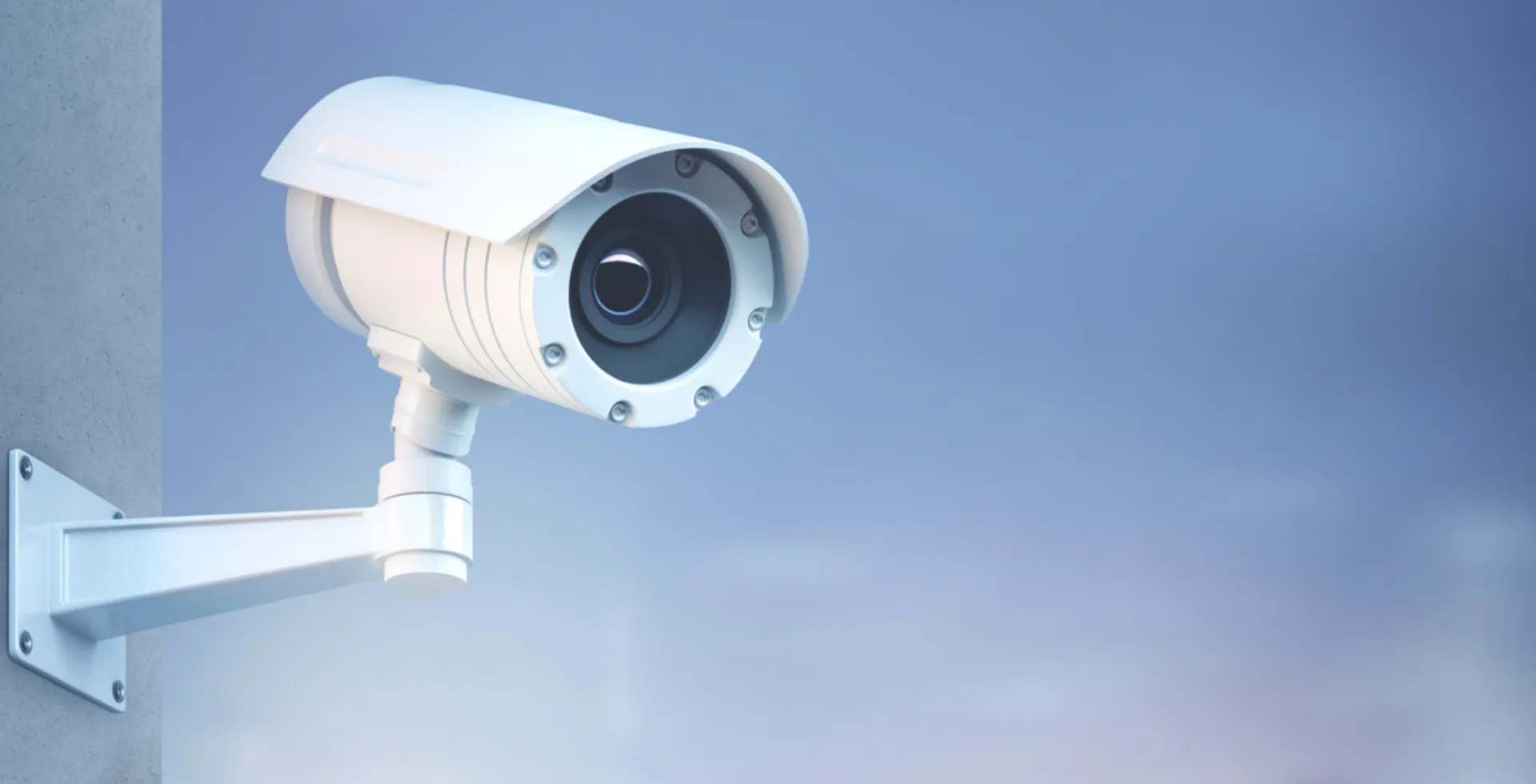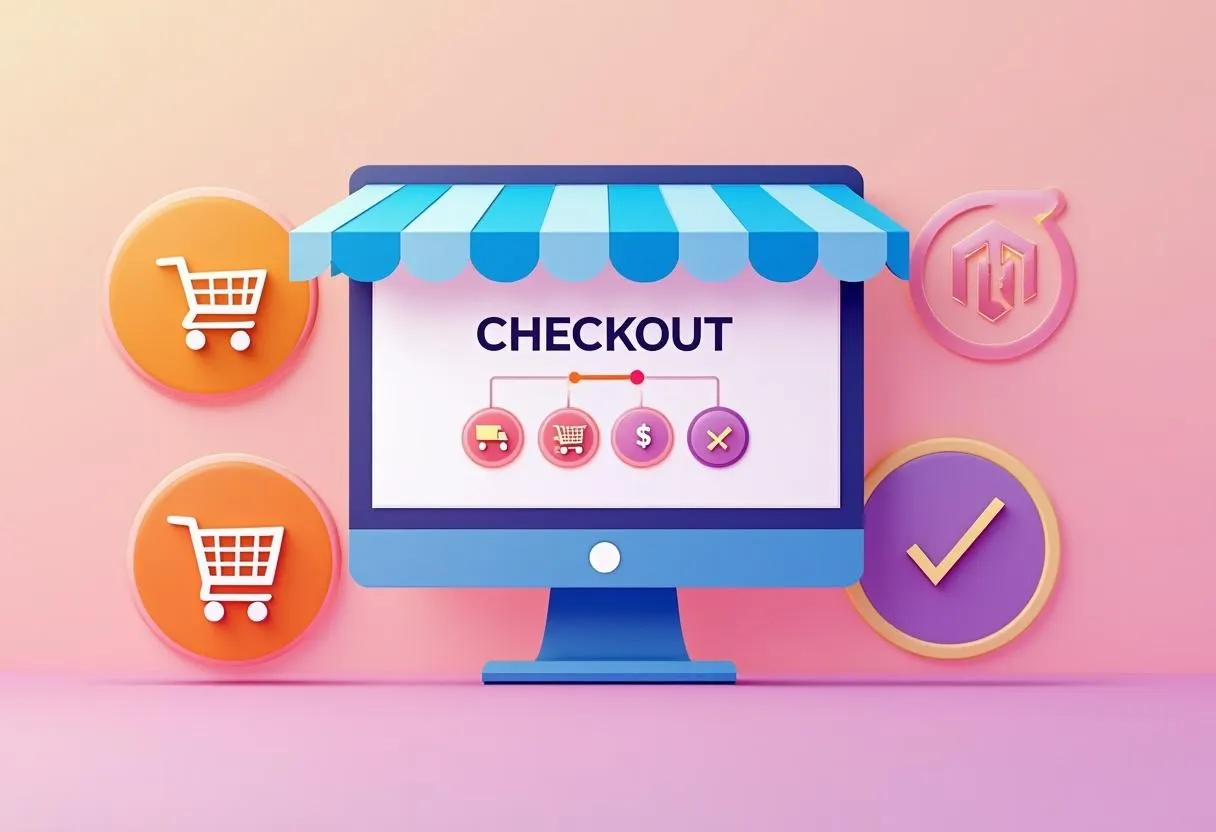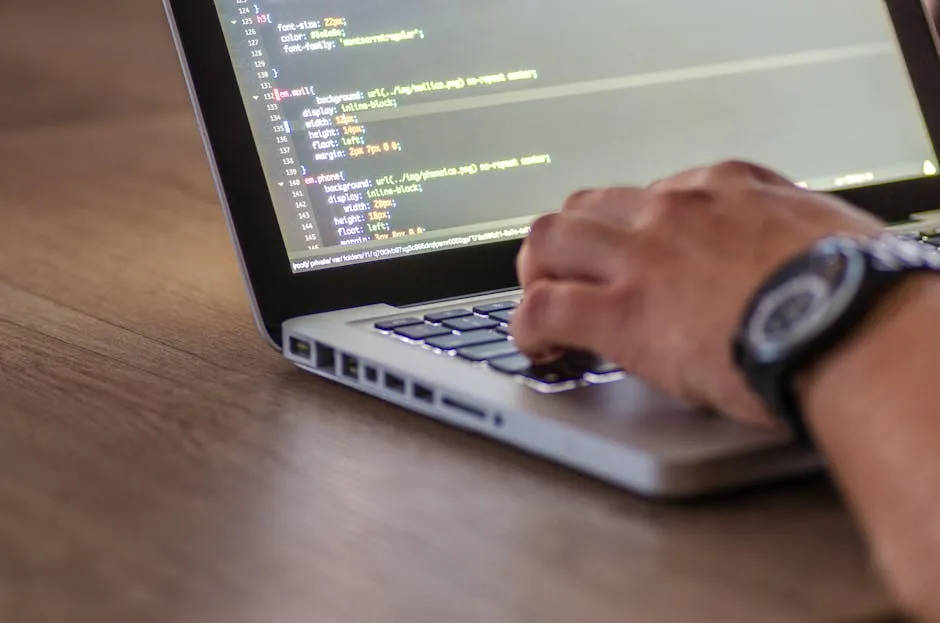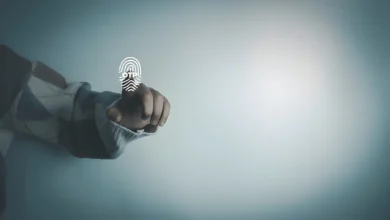
Public and private premises along with homes now rely on CCTV systems as necessary protective measures amid current digital surveillance trends. These surveillance systems aim to bring peace of mind but their design creates potential security threats.
Weak points in your CCTV system setup create opportunities for hackers who gain control of your cameras while accessing sensitive video footage. Your property’s safety and privacy depends heavily on protecting your CCTV system from hacking threats. Readers will discover key procedures which protect their CCTV system against cyber attacks within this piece.
Why CCTV Systems Are Targeted by Hackers
Camera systems linked to the internet (IP cameras) face security risk because attacks from hackers could occur when the security fails. Cybercriminals’ attacks can start at any hardware problem or software code weakness in a targeted network.
After a system breach hackers gain real-time video access and can modify camera configurations as well as dispose of recorded footage. Systems connected to other networks could result in extensive security issues with hackers gaining access to both sensitive information and handling control functions on connected devices.
Advanced CCTV systems powered by smart technology have become more innovative however this advancement exposes security threats that cybercriminals can exploit. The presence of mobile apps together with web portals and cloud storage enables modern CCTV users to access their systems remotely at any location.
Implementing remote access capabilities in security systems creates new vulnerabilities when the proper secure for configuration and maintenance are not followed.
Strategies Exist to Protect Your CCTV System from Hacking Attempts
Security of your CCTV system requires implementing multiple security measures to defend against cyber threats. Below are the best practices that will help you strengthen your CCTV system’s defenses and prevent unauthorized access:
Change Default Passwords Immediately
CCTV system security breaches often happen because users have not changed their default administrator passwords. Manufacturers send out new devices loaded with simple generic login codes that people can discover on the Internet. Default system credentials create a security risk because anyone with those credentials can connect remotely to your system.
Right after setup of your CCTV system make sure you switch the default password to an innovative and hard-to-guess combination. Lengthen the password to twelve characters minimum and create it by mixing alphabets in both cases with numbers together with special symbols. Use passwords other than simple and easy-to-decode inputs like “admin” and your physical address.
Use Strong Encryption for Remote Access
Users obtain remote CCTV camera access through installed web applications along with web interfaces. Your security cameras can become vulnerable to hackers because an insecure connection enables exposure to hacking attempts. Your CCTVs need to utilize encryption protocols SSL or TLS for secure video transmission between cameras and devices.
You should activate encryption options whenever your CCTV system provides it in its settings menu. Employ HTTPS instead of HTTP for the secure remote connection protocols. To ensure the privacy of your CCTV-maintained data with cloud-based services you must verify that encyption runs across both streaming and storage operations.
Update Firmware and Software Regularly
Manufacturers in the CCTV industry release firmware updates to fix security weaknesses and bring improved performance capabilities alongside new features integration. The failure to update your system’s firmware or software leaves your system open to known threats because hackers can exploit outdated software containing public security vulnerabilities.
Always obtain firmware and software updates through the manufacturer respectively the service provider who supplies both CCTV hardware and its linked software. Routine firmware updates should be performed manually because automatic updates are not currently available. Schedule frequent reviews for checking firmware updates every few months.
Implement a Secure Network Setup
The security of your entire CCTV setup relies entirely upon the network connection it utilizes. Security breaches affecting one device from your shared network containing CCTV cameras will expose complete network vulnerabilities including your cameras.
To improve security place your CCTV cameras on their dedicated network segment apart from other networked devices at your home or business premises. Your CCTV system requires its own dedicated network which should not have any devices that don’t require camera access. A router with support for VLAN (Virtual Local Area Network) technology enables you to establish network segments which prevent your CCTV system from interfacing with other devices on the network.
Enable Two-Factor Authentication (2FA)
Using two-factor authentication (2FA) makes your CCTV system more secure. Activating two-step verification ensures that even if hackers gain access to your login credentials, they need a separate one-time passcode sent to either your phone or email to penetrate your system.
Turn on two-factor authentication for every device that offers it and for your CCTV system’s remote access system. Choose any authentication system that departs from text message protection (such as applications) especially because SMS-based mechanisms yield security weakness through SIM swapping.
Disable Unnecessary Features
CCTV systems today provide users with multiple advanced options which include motion sensing capabilities together with cloud storage and remote device monitoring. Multiple additional features that come with surveillance tools should not be utilized in your specific security installation. Excess features in CCTV systems create security vulnerabilities when their configuration lacks adequate protection standards.
Examine your CCTV system features then deactivate all features that you will never utilize. The remote access availability can be deactivated if your surveillance needs do not require it at all. Pick local storage through SD cards and DVRs instead of cloud storage if your surveillance operations do not require cloud solutions. By disabling future entry points interlopers find it more difficult to attack your system.
The security measure known as a firewall establishes a protective wall between your CCTV system and internet access to block unfamiliar network traffic. When you establish a firewall your security system gets the ability to stop unplanned or harmful network attempts that seek entry to your CCTV assets.
Put a firewall on your network which can specifically stop unauthorized access to your CCTV cameras. You should install firewalls on your network devices either with built-in router firewall security or separate software firewalls. Follow proper firewall configuration standards to establish safety protocols which control which devices have network access connectivity to your CCTV monitoring system.
Secure Your Wi-Fi Network
The security of your Wi-Fi network becomes essential when your CCTV system depends on Wi-Fi connectivity to reach the internet. Your CCTV cameras become vulnerable to hacker intrusions through unsecured Wi-Fi connections that in turn create risk for complete system compromise.
Your Wi-Fi network must employ WPA3 encryption with a strong password which differs from the manufacturer-defiied default settings. Your system should disable WPS (Wi-Fi Protected Setup) features which present entry points for hackers.
Monitor Access Logs and Activity
Video surveillance software includes functionality that shows you when users connect to your camera monitoring systems. Regularly inspecting these log records is crucial for restricting unauthorized system access. Regular monitoring of system functions will enable you to respond immediately to detected breaches.
Protecting your CCTV system to achieve private control of their property while maintaining security. Your security risk will decrease significantly when you follow the hacking minimalization methods that include customized password practices, encryption measures, and scheduled firmware maintenance. Making continuous progress in safeguarding both the comfort of your mind and your property’s security through real-time detection of cyber dangers will become increasingly important as technological systems evolve.













